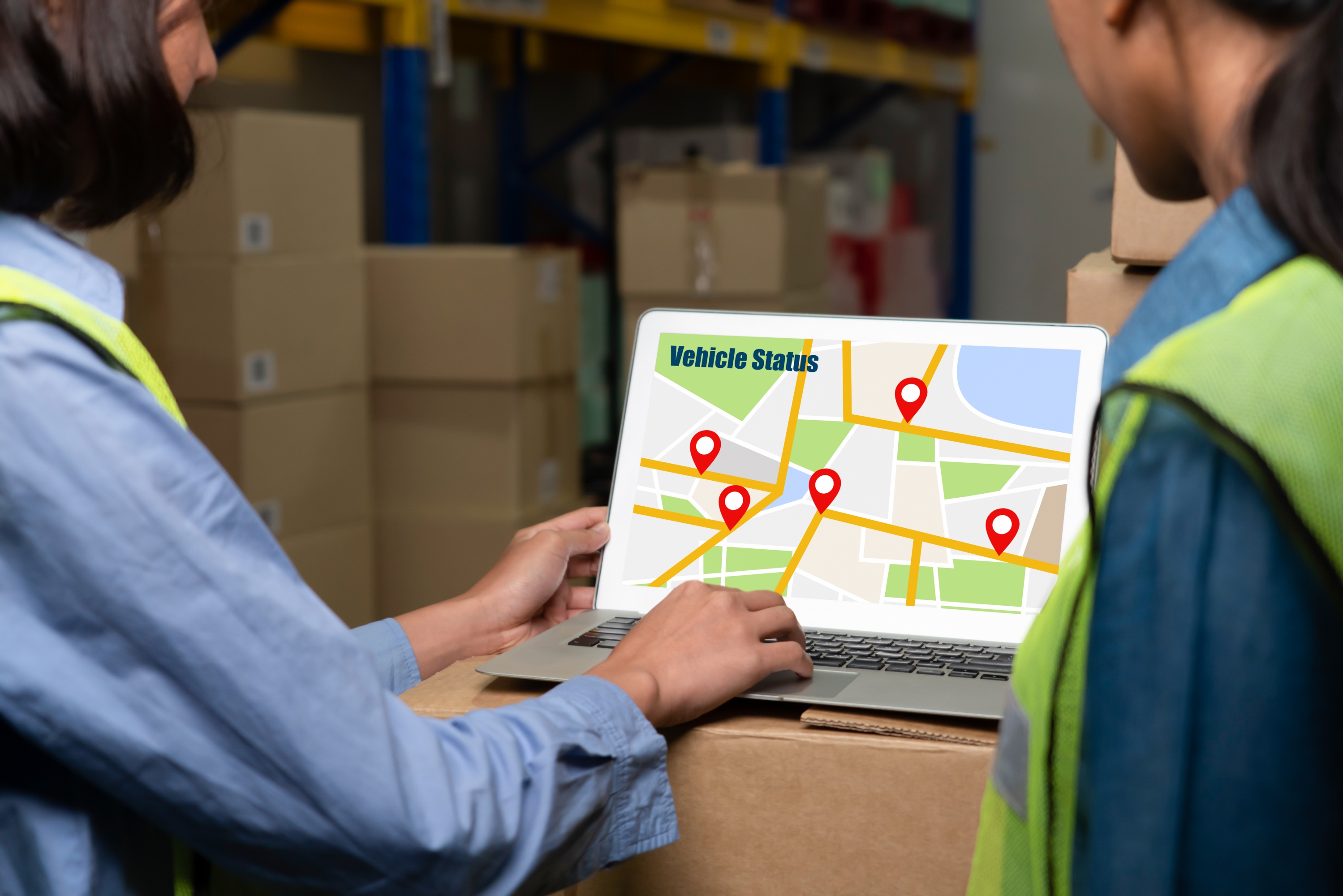

Commuting puts your employees at a high risk of exposure, especially on public transportation. The risk of infection has become the top concern for commuters when selecting transport modes (McKinsey & Co., 2020). As companies start to reopen their offices, protecting employees during their commute should be a priority for HR to consider.
Studies show that employees value the provision of reliable transport which gets them to work safely. A joint study by the National University of Singapore’s Business School and SWAT Mobility revealed that 70% of employees believe company-provided transport will improve their motivation at work.
With technology, providing safe private transportation is more affordable than expected. Smart mobility solutions have been making great strides in transforming the traditional employee transportation, turning it into a more cost-efficient service for companies to provide.
What are the 4 considerations to ensure maximum safety in Covid-19?
1. Transport bubbles and department segregation
If you require various teams or departments to remain separate from each other, our system can:
- Configure transport around separate teams, ensuring they remain separate while minimising the empty seats on each bus
- Automate transport planning around varying demand and shift timings
Prevent tailgating of company transport and facilitate contact tracing at the point of boarding:
- Only authorised employees can book rides on the app
- Passenger verification upon boarding

2. Adjust vehicle capacities and adapt to regulations overnight
Cope with challenges that arise due to the capacity restrictions and safe distancing measures when you plan transport manually:
- Calculate the optimal combination of vehicles to fulfil the demand, taking into account the Maximum Vehicle Capacity of all your vehicles.
- Automatically assign drivers to vehicles and allocate seats based on safe distancing requirements.
.png)
3. Capture booking and ride information for contact tracing
.jpeg)
- Get passenger manifests including details full trip, driver, and vehicle details
- Track and monitor each trip in real time
- Reports for billing and reconciliation
4. Enhanced health & safety measures
.png)
- Regularly disinfected buses
- Temperature checks before boarding
- All drivers wear PPE
Many large companies in South-East Asia have implemented app-based employee transportation to transport more employees to work with the optimal number of buses, whilst adhering to proper health & safety guidelines. During Covid-19, in the case of the largest airport ground handler in Singapore, our system was able to help the company adhere to changing regulations quickly by adjusting vehicle capacities and routes. Technology allows you to eliminate the hassles of manual transport planning and keep costs under check.
Interested to find out how smart mobility solutions can work for your organisation to protect your employees? Get in touch with us.

Transport Management System for Sustainable Logistics
A transport management system (TMS) streamlines logistics by optimizing route planning, tracking, and fleet coordination in real-time. Discover how SWAT Mobility's TMS enhances operational efficiency and supports smarter, data-driven transport decisions.



.webp)

.svg)



